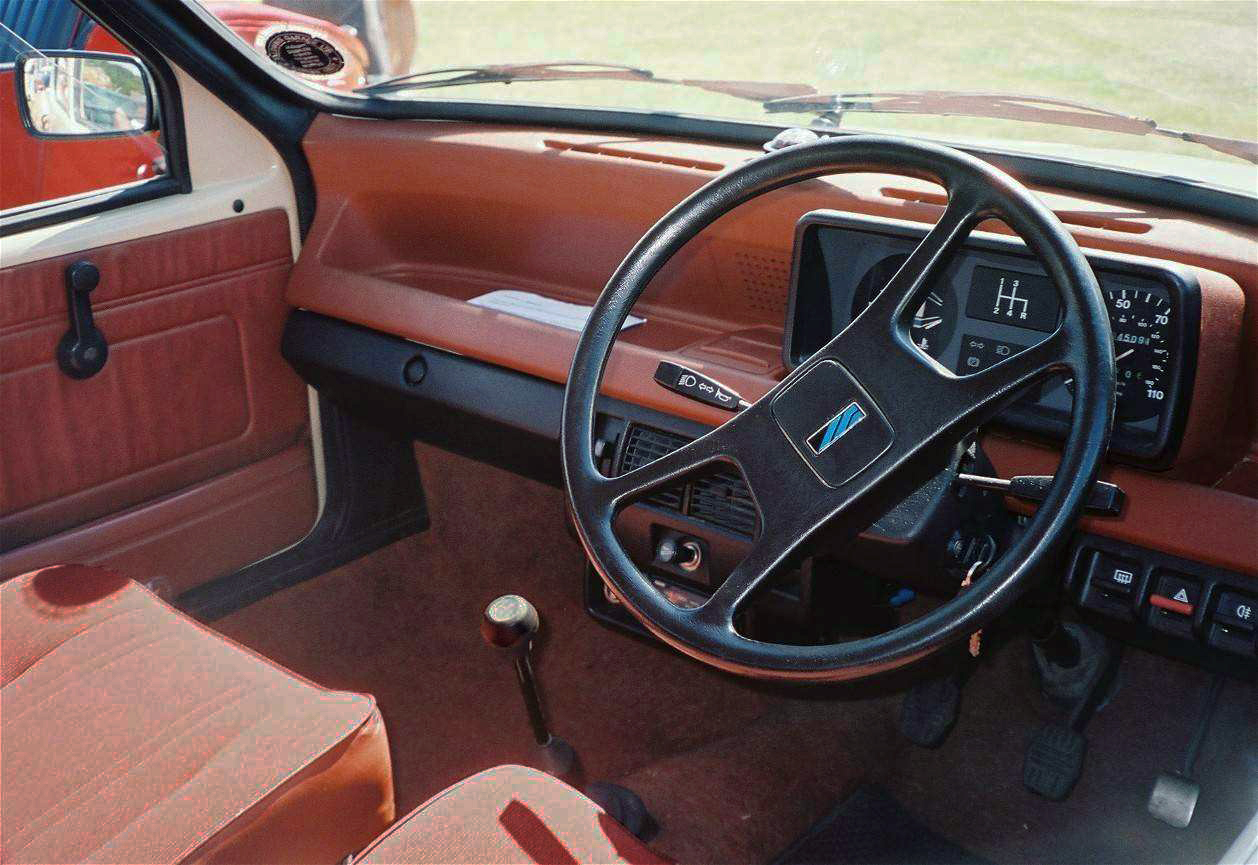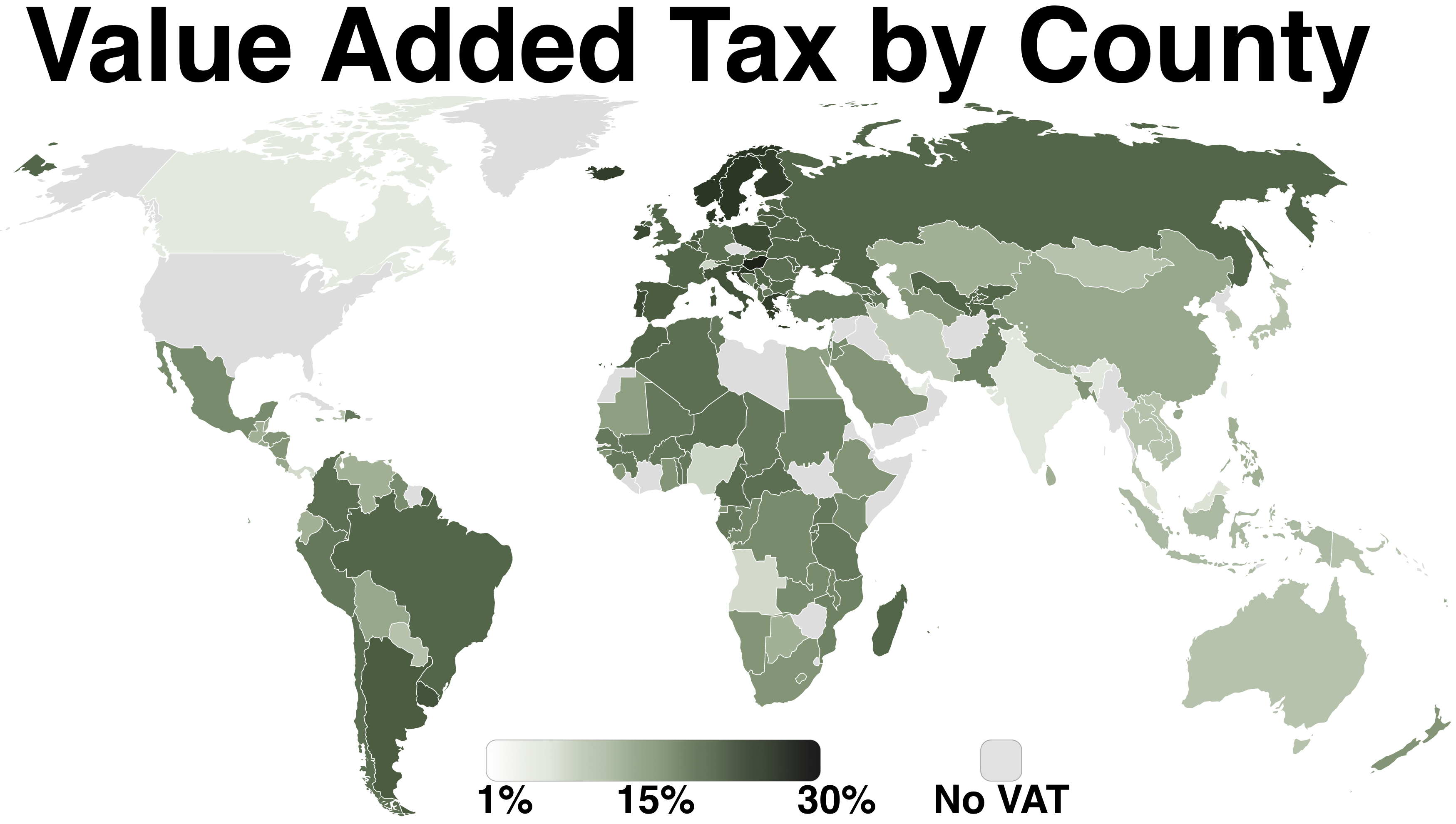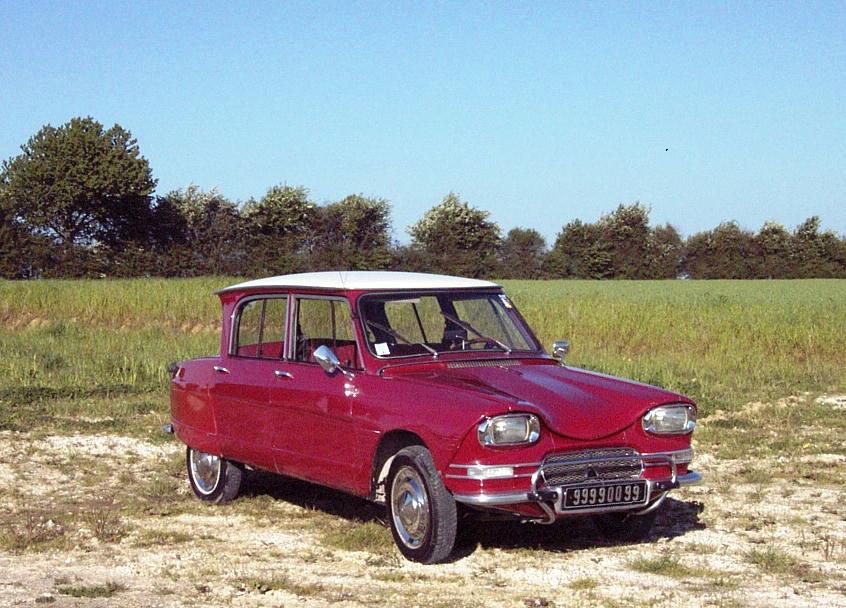|
Citroën LNA
The Citroën LN (Hélène) and Citroën LNA (Hélèna) are front-engine, front-drive, three-door, four passenger hatchback city cars manufactured and marketed by Citroën from 1976-1986 over a single generation — as a badge engineered variant of the Peugeot 104, introduced shortly after the takeover of Citroen by Peugeot. The added "A" used in the name of the bigger engined LNA stood for ''Athlétique'' (Athletic). Citroën LN (1976–1978) The LN was introduced in July 1976. It combined the bodyshell of the Peugeot 104 Z (a shortened floorpan version of the 104) with the economical 602 cc two-cylinder gasoline engine of the Citroën 2CV. Equipment levels were low, but the LN's key selling points were its low price and running costs. Strongly resembling the Peugeot it was based on, the LN was assembled at a Citroën plant and fitted with a Citroën engine. Peugeot had recently acquired Citroen and the LN stood in stark contrast to assurances that the two marqu ... [...More Info...] [...Related Items...] OR: [Wikipedia] [Google] [Baidu] |
Citroën
Citroën () is a French automobile brand. The "Automobiles Citroën" manufacturing company was founded in March 1919 by André Citroën. Citroën is owned by Stellantis since 2021 and previously was part of the PSA Group after Peugeot acquired 89.95% share in 1976. Citroën's head office is located in the Stellantis Poissy Plant in Saint-Ouen-sur-Seine since 2021 (previously in Rueil-Malmaison) and its offices studies and research in Vélizy-Villacoublay, Poissy (CEMR), Carrières-sous-Poissy and Sochaux-Montbéliard. In 1934, the firm established its reputation for innovative technology with the Traction Avant. This was the world's first car to be mass-produced with front-wheel drive, four-wheel independent suspension, as well as unibody construction, omitting a separate chassis, and instead using the body of the car itself as its main load-bearing structure. In 1954, they produced the world's first hydropneumatic self-levelling suspension system then, in 1955, the revol ... [...More Info...] [...Related Items...] OR: [Wikipedia] [Google] [Baidu] |
Auto, Motor Und Sport
''Auto Motor und Sport'', often stylized as auto motor und sport and abbreviated AMS or AMuS, is a German automobile magazine. It is published fortnightly by Motor Presse Netzwerk's subsidiary Motor Presse Stuttgart, a specialist magazine publisher that is 59.9% owned by the publishing house Gruner + Jahr. History ''Motor und Sport'' was initially published in 1923 in Pößneck, Germany. It was founded by Fritz Pullig and Felicitas Von Reznicek. Pullig began his career by racing motorcycles in 1912 at the Nurburgring. Pullig was also an aviation pioneer (his first flight was at what is now Hangelarer Airport on July 17, 1909) and became a flight instructor in 1913. He served as a soldier in WWI and WWII. After the latter, Pullig became an acclaimed author, writing over 30 novels. Notable works include ''Lockfuhrer Lund'' (1940), ''Du bist nicht Sylvia'' (1939) and ''Der Held seiner Liebe''. In the early 1950s, Pullig was a prototype test driver for Daimler Benz and Opel ca ... [...More Info...] [...Related Items...] OR: [Wikipedia] [Google] [Baidu] |
Austin Metro
The Metro is a supermini car, later a city car that was produced by British Leyland (BL) and, later, the Rover Group from 1980 to 1998. It was launched in 1980 as the Austin mini Metro. It was intended to complement and eventually replace the Mini, and was developed under the codename LC8. The Metro was named by '' What Car?'' magazine as 'Car of The Year' in 1983 as an MG, and again as the Rover Metro in 1991. During its 18-year lifespan, the Metro wore many names: Austin Metro, MG Metro and Rover Metro. It was rebadged as the Rover 100 series in December 1994. There were also van versions known as the Morris Metro and later, Metrovan. At the time of its launch, the Metro was sold under the Austin brand. From 1982, MG versions became available. During 1987, the car lost the Austin name, and was sold simply as the Metro. From 1990 until its withdrawal in 1998, the Metro was sold only as a Rover. Although the R3 generation Rover 200 (introduced in 1995 and smaller than ... [...More Info...] [...Related Items...] OR: [Wikipedia] [Google] [Baidu] |
Value-added Tax
A value-added tax (VAT), known in some countries as a goods and services tax (GST), is a type of tax that is assessed incrementally. It is levied on the price of a product or service at each stage of production, distribution, or sale to the end consumer. If the ultimate consumer is a business that collects and pays to the government VAT on its products or services, it can reclaim the tax paid. It is similar to, and is often compared with, a sales tax. VAT is an indirect tax because the person who ultimately bears the burden of the tax is not necessarily the same person as the one who pays the tax to the tax authorities. Not all localities require VAT to be charged, and exports are often exempt. VAT is usually implemented as a destination-based tax, where the tax rate is based on the location of the consumer and applied to the sales price. The terms VAT, GST, and the more general consumption tax are sometimes used interchangeably. VAT raises about a fifth of total tax revenues ... [...More Info...] [...Related Items...] OR: [Wikipedia] [Google] [Baidu] |
Citroën Visa
The Citroën Visa is a five-door, front-engine, front wheel drive supermini manufactured and marketed by Citroën from 1978 to 1988 in gasoline and diesel variants. 1,254,390 examples were ultimately manufactured over a single generation, with a single facelift (1981). China has also assembled the car as the Liuzhou Wuling LZW 7100 minicar. Production started in 1991 and finished in 1994. Citroën commissioned Heuliez to produce a Visa convertible variant, marketed as the ''Décapotable'' (1984), and a box van variant (1985–2005) was marketed as the Citroën C15. A sedan variant was prototyped but never manufactured. Development In 1965 Robert Opron began working on the Citroën G-mini prototype and project EN101, a replacement for the 2CV using its flat twin engine and intended to launch in 1970. The advanced space efficient designs with compact exterior dimensions and an aerodynamic drag co-efficient Cd of 0.32, were never fully developed because of negative fee ... [...More Info...] [...Related Items...] OR: [Wikipedia] [Google] [Baidu] |
Right-hand Drive
Left-hand traffic (LHT) and right-hand traffic (RHT) are the practices, in bidirectional traffic, of keeping to the left side or to the right side of the road, respectively. They are fundamental to traffic flow, and are sometimes referred to as the '' rule of the road''. The terms right- and left-hand ''drive'' refer to the position of the driver and the steering wheel in the vehicle and are, in automobiles, the reverse of the terms right- and left-hand ''traffic''. The rule also extends to where on the road a vehicle is to be driven, if there is room for more than one vehicle in the one direction, as well as the side on which the vehicle in the rear overtakes the one in the front. For example, a driver in an LHT country would typically overtake on the right of the vehicle being overtaken. RHT is used in 165 countries and territories, with the remaining 75 countries and territories using LHT. Countries that use left-hand traffic account for about a sixth of the world's land a ... [...More Info...] [...Related Items...] OR: [Wikipedia] [Google] [Baidu] |
Peugeot 106
The Peugeot 106 is a supermini produced by French automaker Peugeot between 1991 and 2003. Launched in September 1991, it was Peugeot's entry level offering throughout its production life, and was initially sold only as a three door hatchback, with a five door hatchback joining the range in the beginning of 1992. Production ended in July 2003. For the first year of production, the 1.0 and 1.1 petrol engines came with a carburettor, but were replaced by fuel injected engines from the end of 1992, as a result of EEC emissions regulations. Phase I (1991–1996) The "10" line of Peugeot superminis had commenced in 1972 with the launch of the 104, one of the first modern European superminis. The 104 was effectively replaced by the Peugeot 205 in 1983, but remained in production for some markets until 1988. There was no "105". The 106 was introduced as a three door hatchback in continental Europe in September 1991, and two months later in the United Kingdom. The initial engine ran ... [...More Info...] [...Related Items...] OR: [Wikipedia] [Google] [Baidu] |
Citroën Saxo
The Citroën Saxo was a supermini produced by the French manufacturer Citroën from 1996 to 2004. It was sold in Japan as the Citroën Chanson, because Honda had registered the "Saxo" name. As a badge engineered variant of the Peugeot 106 (which itself was a development of the Citroën AX), the major difference being interiors and body panels. Production ended in 2004, when it was replaced with the Citroën C2 and Citroën C3. Overview Engines and performance All engines were from the PSA TU engine series that powered the Peugeot 205 from 1988 and the Citroën AX, and had their roots before that with the OHC PSA X engine various other PSA cars used, such as the Citroën Visa, Peugeot 104 and early Peugeot 205. The range included five petrol engines and one diesel engine, all naturally aspirated. Although the quoted power outputs are low in comparison to modern small hatchbacks, or even to other hatchbacks of the time, the kerb weight was generally very low, with even the ... [...More Info...] [...Related Items...] OR: [Wikipedia] [Google] [Baidu] |
Citroën Ami
The Citroën Ami is a four-door, front-wheel drive economy (B-segment) family car, manufactured and marketed by Citroën from 1961 to 1978. The Ami was offered in saloon and estate/wagon/break body styles over two generations, the Ami 6 and the Ami 8. The later Ami 8 fastback saloon featured a steeply raked rear window, in contrast to the earlier reverse-raked rear window of the Ami 6 notchback. Over 1,840,396 units were manufactured over the entire production run.John Reynolds. Citroën 2CV. The Ami and Citroën Dyane were replaced by the Citroën Visa and Citroën Axel. Name Ami is the French word for friend. With its 602 cc engine capacity fractionally above the limit for 2 CV designation, the Ami was nicknamed the 3CV, differentiating it from the long established Citroën 2CV. 3CV stands for ''Trois chevaux'', or "three horses" — CV originally being the initials for "chevaux-vapeur" (horsepower – literally 'steam horses'), but used here for " chevaux fiscau ... [...More Info...] [...Related Items...] OR: [Wikipedia] [Google] [Baidu] |






